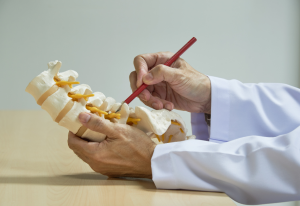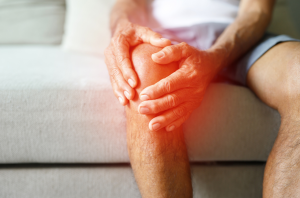
Relief Beyond Pain: Exploring the Benefits of Chiropractic Care for Chronic Headaches
Exploring the Benefits of Chiropractic Care for Chronic Headaches For many individuals, chronic headaches can
+1(647)873-5374

Exploring the Benefits of Chiropractic Care for Chronic Headaches For many individuals, chronic headaches can

Exploring Lumbar Spine Treatments The human spine is a remarkable structure, providing the body with

Understanding Knee Pain: A Beginner‘s Guide Squatting, jumping, running, or even taking the

Exploring the Benefits of Chiropractic Care for Chronic Headaches For many individuals, chronic headaches can be a debilitating and persistent issue, impacting daily life and

Exploring Lumbar Spine Treatments The human spine is a remarkable structure, providing the body with support, flexibility, and protection for the delicate spinal cord. However,

Understanding Knee Pain: A Beginner‘s Guide Squatting, jumping, running, or even taking the stairs are all activities that require your knees to bend